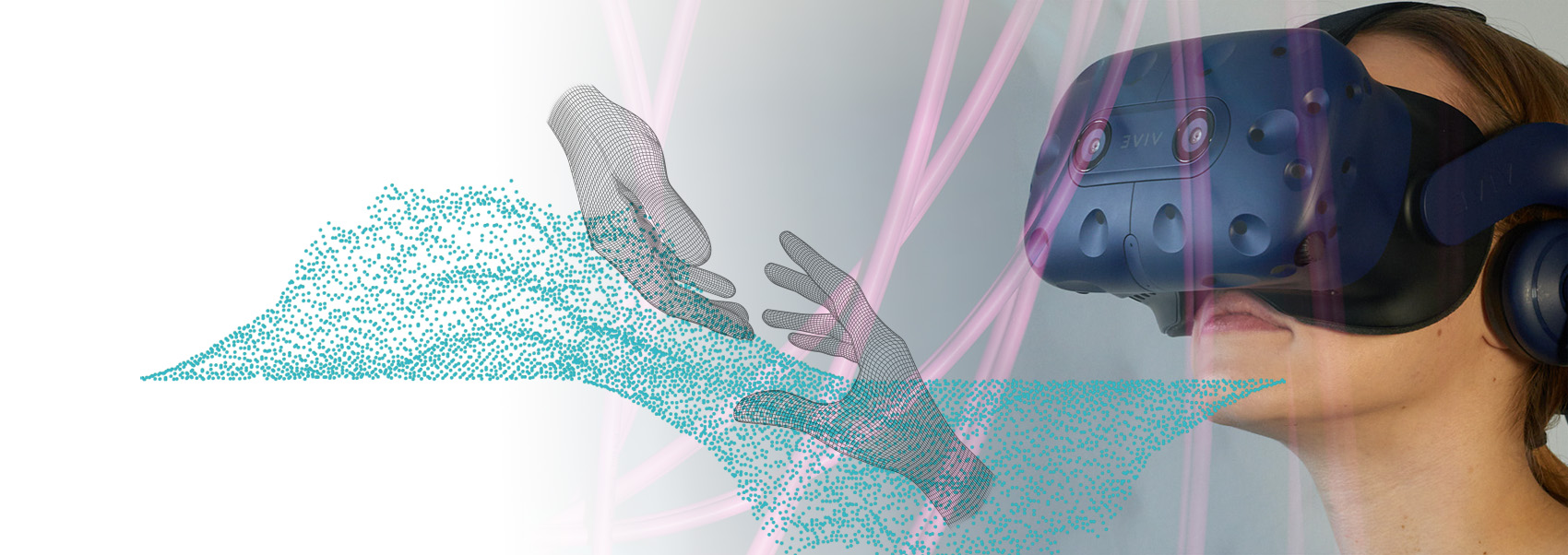Seeing supports understanding
Visualization of complex data? We make it easy!
Fraunhofer IGD has been setting standards in visual computing for over 30 years. We accomplish this with a unique range of skills and technologies that we can flexibly combine to suit your particular needs and wishes.
Visual computing is image- and model-based information processing that blends computer graphics and computer vision. Put simply, it describes the ability to turn information into images and extract information from pictures. It is the basis of all the technological solutions used by Fraunhofer IGD and its partners.
Computer graphics involves processing and editing images, graphics, and multidimensional models with the aid of computers. Examples are virtual and simulated reality applications.
Computer vision is about teaching computers to “see.” A machine uses a camera to scan its surroundings and then processes the information with software. Examples include augmented reality.
 Fraunhofer Institute for Computer Graphics Research IGD
Fraunhofer Institute for Computer Graphics Research IGD